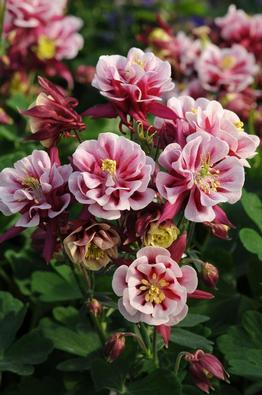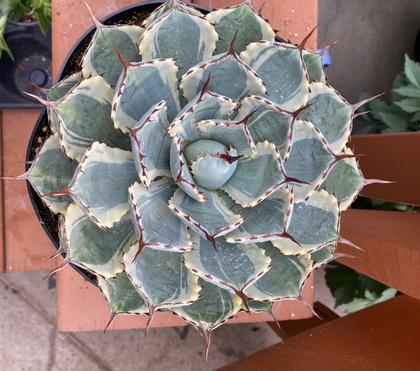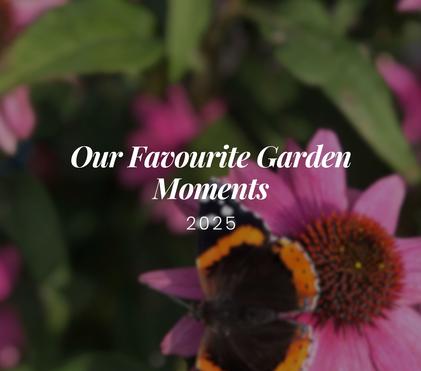Purchasing Plants: An Exercise in Decision-Making
Every customer who walks through the doors at Wallish is unique in their needs and wants for plants that will thrive in their gardens, containers, and on their balconies. For some it is a simple process – select the plants that have always done well in a particular spot and that’s that. For others, it is a much more complicated process. For new gardeners, it is often a learning experience that can be both exciting and overwhelming.

Purchasing Plants: An Exercise in Decision-Making
At Wallish’s we want you to be successful at growing the plants you take home. We’ve put a tremendous amount of time and hard work into growing them from seed, cutting, and bare roots. We always try to do our utmost to give you the best information to help you choose plants that will thrive in the location you have for them.
One of the first things we’ll ask is about light conditions. How many hours of sun will the plants get each day? Is it the gentler morning sun, or the harsh baking afternoon sun? If the location is shaded, is it deep shade or a light-dappled shade? Is light reflected from a building or off the pavement? It may seem a bit of an inquisition, but these are very important questions because flowering annuals won’t bloom well, and sun-loving perennials may not thrive if they don’t receive the minimum required hours of direct sunlight in a day. Shade plants are the opposite. They need a maximum amount of direct sun, usually in the morning, and may prefer dappled sunlight throughout the day.
Watering needs are another critical consideration. For those who primarily container garden and are often away, selecting more drought-tolerant plants might be an important aspect when choosing plants. Hot summer winds wick moisture away quickly and can damage fragile leaves, so those who garden under those conditions might choose different plants than someone who has a more sheltered spot. For perennials, it is important to consider not only the amount of water but how the soil drains. Some plants can tolerate heavy wet soil, yet others require well-drained or dry conditions. We can’t control the amount of rain we get, but we can manage the moisture held in the soil during a dry year by using natural mulches in garden beds. Adding a layer of mulch to planted containers also helps retain moisture during extended dry periods.
For new gardeners and new homeowners specifically, it is always a good idea to take a year to learn the light and moisture conditions of your space. If it is a new build, plant some annuals the first year to have some colour, but wait to see where the snow builds up in winter as a potential insulating layer for perennials, where the snowmelt pools in spring, and where heavy rainfall lingers. Watch how the sunlight moves across the landscape through the seasons. If you intend to plant trees, the same considerations apply. Choose a tree that will mature into an appropriate size for the space and be aware that the light conditions will change as the tree grows.
For those who have moved into a home with an established garden, the fun generally lies in discovering what comes up in the spring, although that can come with some unexpected and unwelcome surprises. That’s when you get to decide what to keep and what to replace! But still, take some time to observe the natural processes throughout the seasons as this will help you to choose appropriate plants.
Decisions, decisions, decisions. It makes no difference whether you are a seasoned gardener or just starting out, selecting the right plant for the right place will give you the best chance for success!

